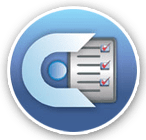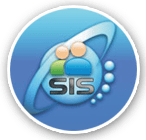OMR technology is widely used in various fields for tasks such as data collection, survey processing, test grading, and ballot counting.
Here are a few specific applications of OMR technology:
Surveys and questionnaires: OMR technology allows for the efficient processing of large volumes of survey forms. Users can fill in bubbles or checkboxes to indicate their responses, and the OMR system scans and captures the data accurately.
Examinations and assessments: OMR is commonly used for grading multiple-choice tests and assessments. The system reads the marked answers on the answer sheets and tabulates the results automatically, saving time and reducing errors in the grading process.
Voting and elections: OMR technology can be employed to count and process paper ballots during elections. Voters mark their choices on the ballot paper, and the OMR system scans and tabulates the votes, ensuring a quick and reliable vote-counting process.
Data Capture and processing: OMR technology can be utilized to capture data from various types of forms, such as registration forms, feedback forms, or application forms. The system reads and extracts the relevant information from the marked fields, eliminating the need for manual data entry.
OMR technology involves using a scanner or a specialized device to capture images of documents that contain predefined areas where respondents mark their answers by filling in bubbles or checkboxes. These marks are then converted into digital data that can be processed and analyzed by a computer.
The main purpose of OMR technology is to quickly and accurately capture large amounts of data from multiple-choice or objective-type questions. It offers advantages such as speed, efficiency, and reduction of human errors compared to manual data entry methods. OMR is widely used in education, market research, elections, and various other fields where large-scale data collection and analysis are required.
In addition to capturing answer choices, OMR technology can also be used to extract other types of data, such as barcodes, checkboxes, and handwritten information, depending on the capabilities of the system used.
Overall, OMR technology simplifies the process of data collection and analysis, saving time and effort while ensuring accuracy and reliability. OMR technology offers advantages like speed, accuracy, and cost-effectiveness for processing large volumes of data or documents. However, it is primarily suited for situations where the responses are predefined and represented by marked options rather than free-form handwriting or text.







